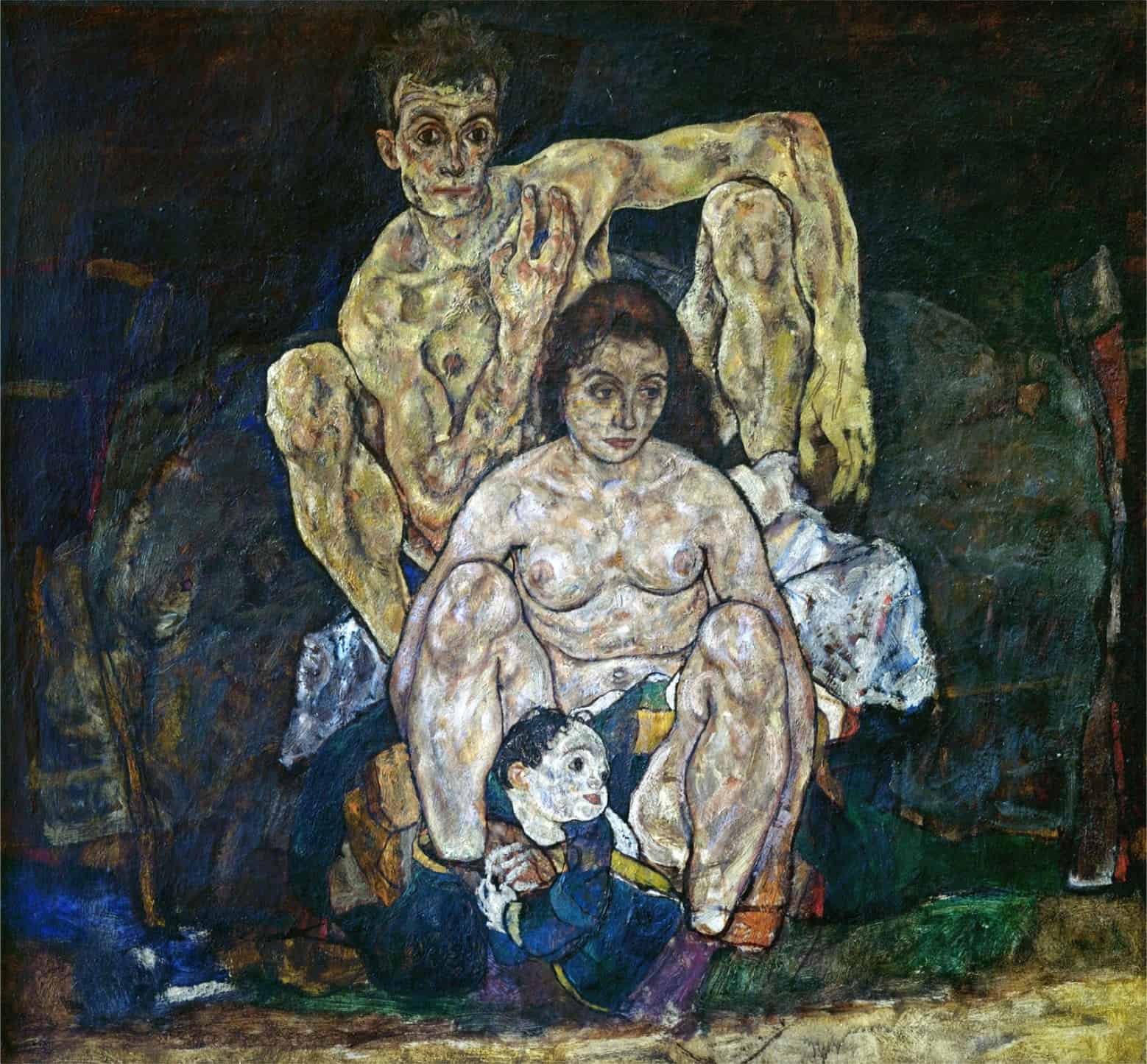During the first phase of the shutdown, art galleries were forced to close everywhere.
Private galleries have long functioned within the art market as a crucial link between artists and their audience: critics, collectors, and the general public. But today, the “art market is in apnea,” said Pietro Gagliardi, owner of the Gagliardi Domke, one of the biggest contemporary galleries in Turin, Northwest Italy’s largest city.
Contemporary artists have grown used to the support of powerful galleries, which often set up stands in the international art fairs, like Art Basel in Switzerland and Art New York in the United States, hosting their main sponsored artists in showcases for visitors and purchasers.

Art fairs, often criticized by conservative reviewers as overhyped blockbuster events, sometimes feel more like art supermarkets than cultural moments. Whatever they are, art fairs are now at risk of shutting down for a long time.
“It’s quite impossible to think of art fairs with contingent entrances and social distancing,” remarked Gagliardi. “They are made up of gatherings; they value their success based on the crowd that visits them. Even if they were allowed, they would plunge below their usual rate of visitors with today’s containment measures remaining in action.”
As the usual sharing tools are disabled, artists must find new ways to put forward their art. The first solution they came up with, obviously, was the internet. Of course, the web had already served to display artworks, but until the recent lockdown, it wasn’t the only game in town.
In Italy, the prospect of a world without tangible art prompted many experts and enthusiasts, like Tomaso Montanari, a well-known reviewer, to level polemics against the museums’ closure under the belief that culture is as important as food, retail, or industrial facilities. Suddenly, after many columns in national newspapers and speeches on TV programs in favour of reopening both museums and galleries, the Rome government decided to schedule it for May 18, with some containment measures.
“It’s quite impossible to think of art fairs with contingent entrances and social distancing,” remarked Gagliardi. “They are made up of gatherings; they value their success based on the crowd that visits them. Even if they were allowed, they would plunge below their usual rate of visitors with today’s containment measures remaining in action.”
As the usual sharing tools are disabled, artists must find new ways to put forward their art. The first solution they came up with, obviously, was the internet. Of course, the web had already served to display artworks, but until the recent lockdown, it wasn’t the only game in town.
In Italy, the prospect of a world without tangible art prompted many experts and enthusiasts, like Tomaso Montanari, a well-known reviewer, to level polemics against the museums’ closure under the belief that culture is as important as food, retail, or industrial facilities. Suddenly, after many columns in national newspapers and speeches on TV programs in favour of reopening both museums and galleries, the Rome government decided to schedule it for May 18, with some containment measures.
In the opinion of Montanari, the internet could not replace the bodily relationship fostered between the viewer and the artwork. Despite this, the internet kept the art alive, in some fashion, during the outbreak To quench their cultural thirst, people stuck at home had, for example, the opportunity to visit the Louvre virtually. It wasn’t the same experience as travelling to France, but it was better than nothing.
Besides, the web is becoming itself a tool to make art, as in Pietro Luigi’s experience. Luigi, a high school student, is an Italian photographer who has decided to take photos by FaceTime, the iOS video calling app.
“How I did it? It’s simple,” he declared. “I have always been used to portraying female models, but during the lockdown, it is illegal to meet them for a click, so I had to take photos at distance. Thence I decided to use FaceTime. I videocall the model, thanks to this app, and I choreograph her posture, seeing it from my smartphone. When I am thinking her position is perfect, I press a button on my screen, which makes the model’s phone take a photo of her, thanks to a FaceTime function.”
Asked how he feels about this new way to take photos, Luigi said, “The quality is not the same as a Reflex, but it is not the camera which makes the photographer. The outbreak pushes me to stimulate my creativity beyond the usual tools.”
Other artists who toyed in the recent past about new ways of sharing their work seem now to have been prescient. While today the pandemic obliges many artists to show their creations only via social networks, Davide Coltro, a creator born in Verona in 1967, built at the beginning of the new millennium an ancestor of Pinterest or Instagram, a sort of social media ante litteram, called the System, made up of a staggering number of video terminals, owned by different purchasers around the world. These terminals, called “electronic paintings,” are all linked to Coltro’s studio, from where he sends them (via the web) sequences of self-made images, which change over time.
“When he created the System, his work was not fully understood. Maybe tomorrow, because of the lockdown, people will valorize this kind of artistic research” said Gagliardi.
Historically art forecasts the future trends, telling us where the world is going to go before anyone else understands it. That’s why usually ages of decline have been linked to a decadent art, like Art Nouveau, which predicted the European race to the abyss in the years before the first World War.
A few months after the war’s end, a young Austrian artist, Egon Schiele, painted The Family (1918), where we can see the painter himself with his wife, Edith Harms, and a child still carried in Edith’s womb. The painting is very sad. The protagonists are naked and there’s a strong pathos in the dark atmosphere that surrounds the three figures in the centre of the canvas. This gloom suggests a looming calamity over the family portrayed.
Indeed, a few months after Schiele completed The Family, he and his wife died because of the Spanish Flu, while their child was never born. What is most striking is that the skin of the subjects shows the same symptoms caused by the 1918 flu pandemic: the bluish stains covering the bodies of Egon and Edith resemble those which afflicted the Spanish Flu’s victims.
One century after Schiele’s death, people like Gagliardi, Montanari, Luigi and Coltro, are facing a new critical challenge for the future of art, even if they are different in age or profession. Nowadays we must not forget the importance of the art system, which COVID-19 has pushed – as the 1918 flu and the plague once did – to change its usual ways of both creating and sharing work.
This work may describe our current catastrophe, or distract us from it, or envision its resolution. In any case, we can’t afford to ignore it.
Dario Pio Muccilli is the Star-Revue’s Italian correspondent, based in Turin. Email him at muccillidariopio@gmail.com.
Author
-

Dario Pio Muccilli is the Star-Revue’s Italian correspondent, based in Turin. Email him at muccillidariopio@gmail.com
View all posts
Dario Pio Muccilli is the Star-Revue’s Italian correspondent, based in Turin. Email him at muccillidariopio@gmail.com












